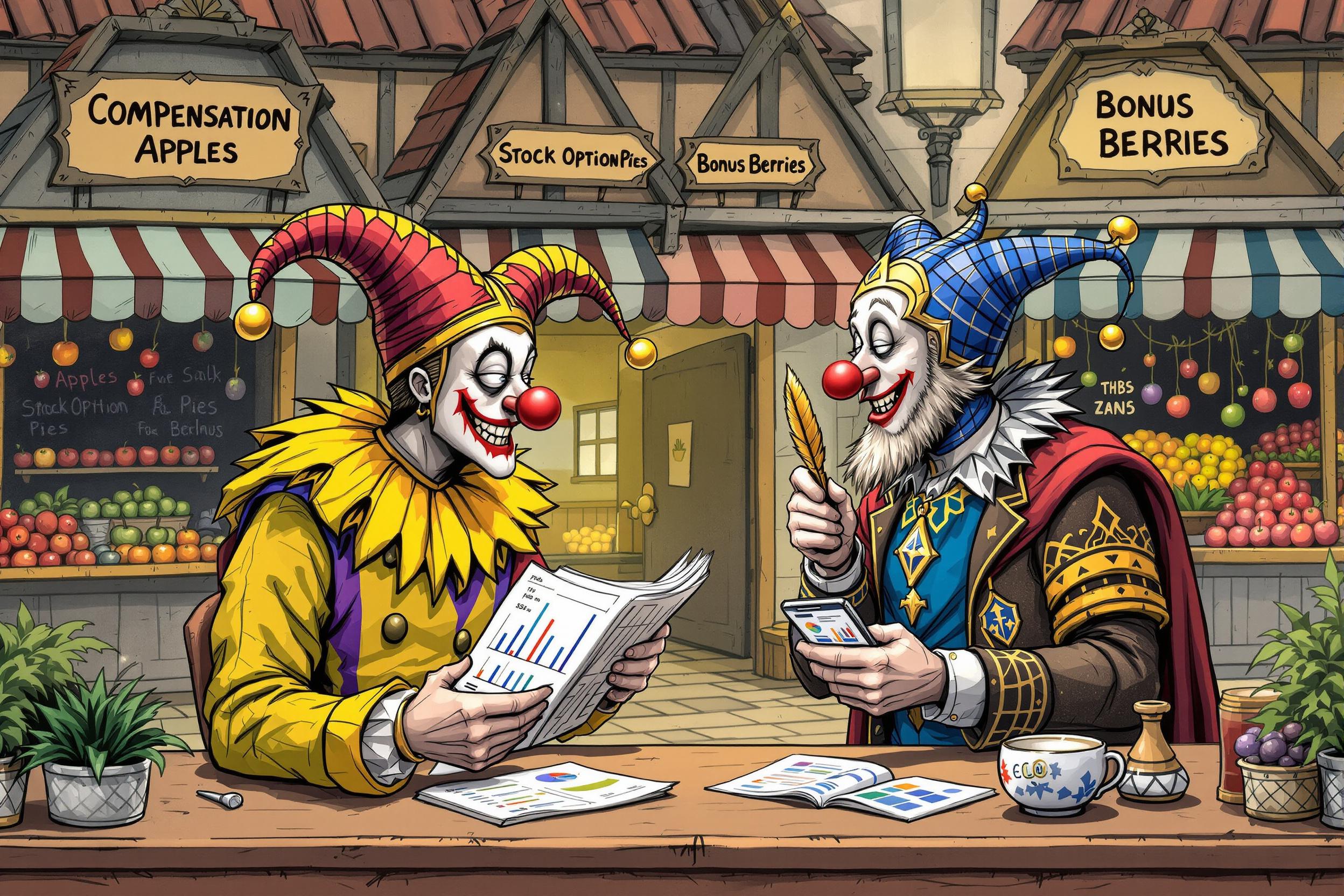
Art Lending
Art Lending is a specialized service where artworks are rented out to businesses, institutions, or individuals for temporary display. It's similar to a library but for artwork. This practice helps galleries and art dealers generate additional income streams while allowing clients to temporarily enjoy or test out artwork before making a purchase. Some organizations also call this "art leasing" or "artwork rental." It's becoming increasingly popular in corporate environments where companies want to regularly refresh their office decor or try pieces before buying them.
Examples in Resumes
Managed Art Lending program generating $500K annual revenue for gallery
Developed corporate Art Lease relationships with major downtown offices
Coordinated Art Lending logistics including delivery, installation, and rotation of 200+ pieces
Typical job title: "Art Lending Specialists"
Also try searching for:
Where to Find Art Lending Specialists
Professional Organizations
Job Boards
Networking
Example Interview Questions
Senior Level Questions
Q: How would you develop and grow an art lending program from scratch?
Expected Answer: Should discuss market research, pricing strategies, target client identification, logistics planning, insurance considerations, and marketing approaches. Should mention building relationships with both artists and corporate clients.
Q: How do you handle damage or loss of artwork in a lending program?
Expected Answer: Should explain insurance policies, condition reporting procedures, client agreements, and risk management strategies. Should discuss experience with claims processing and client relationship management during incidents.
Mid Level Questions
Q: How do you determine appropriate rental rates for artwork?
Expected Answer: Should explain factors like artwork value, rental duration, client type, market standards, and handling costs. Should mention experience with different pricing models.
Q: What is your process for artwork rotation and maintenance?
Expected Answer: Should describe scheduling systems, coordination with clients, condition checks, transportation arrangements, and documentation procedures.
Junior Level Questions
Q: What information do you need to track in an art lending program?
Expected Answer: Should mention artwork location, condition, rental dates, client information, insurance details, and payment tracking.
Q: How do you handle client inquiries about the art lending process?
Expected Answer: Should demonstrate knowledge of basic program terms, ability to explain benefits, understanding of rental agreements, and customer service skills.
Experience Level Indicators
Junior (0-2 years)
- Basic art handling and documentation
- Customer service and client communication
- Inventory management
- Contract administration
Mid (2-5 years)
- Client relationship management
- Art valuation and pricing
- Program coordination
- Logistics management
Senior (5+ years)
- Program development and growth strategies
- High-value client acquisition
- Risk management
- Team leadership
Red Flags to Watch For
- No understanding of art handling and preservation
- Lack of experience with client contracts and agreements
- Poor attention to detail in documentation
- No knowledge of art insurance and liability issues
Related Terms
Need more hiring wisdom? Check these out...

Micro-Internships: The Game-Changer in Project-Based Learning

Lost in Translation? How a Hybrid Mentorship Database Bridges Cross-Regional Talent

How Internal Gig Marketplaces Revolutionize Employee Development

